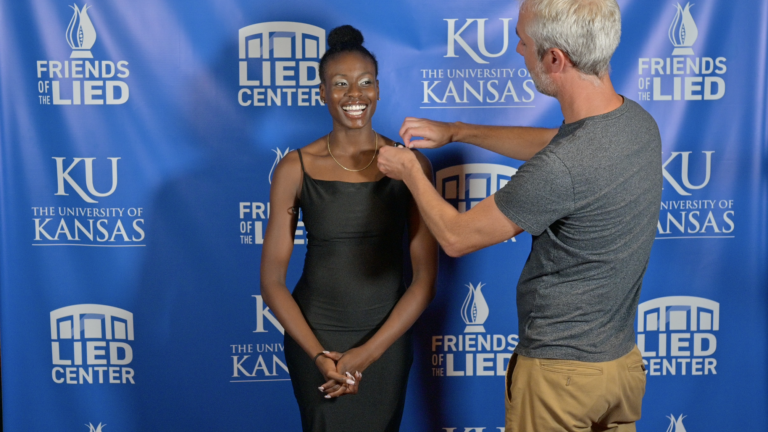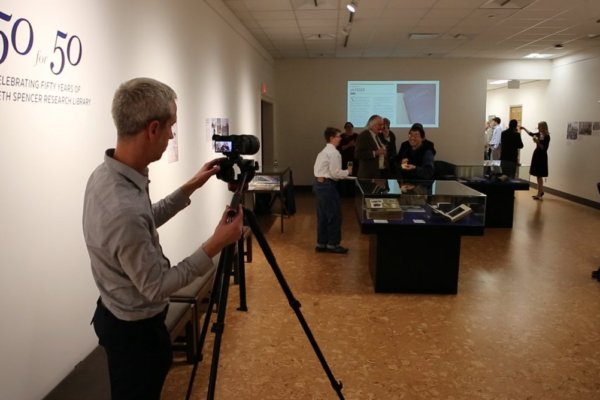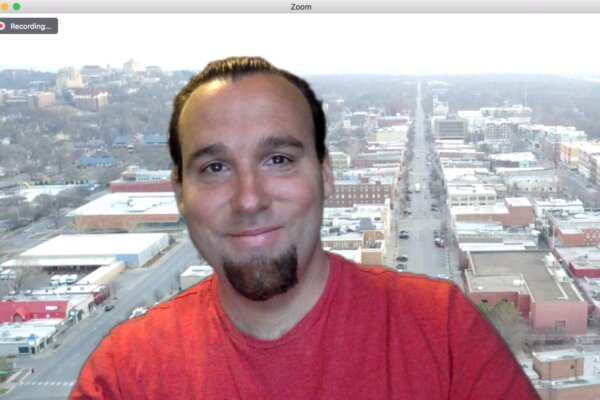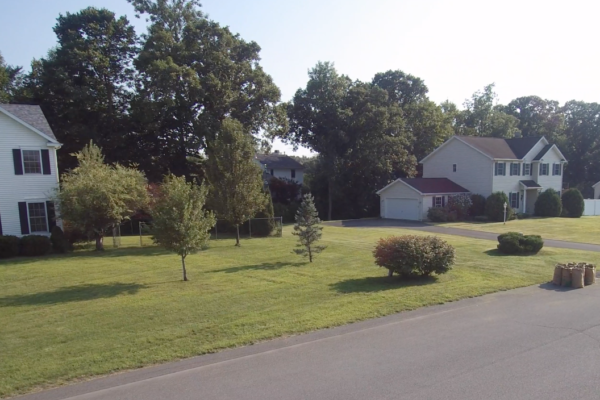Here are some basic steps to consider before shooting a short documentary for a corporate video client. Video producers are rarely subject matter experts in the topics that they cover. Therefore, videographers should collaborate with the subject matter experts during pre-production. In addition to their own research, this collaboration will develop the blueprint for a successful video production. Below are some tips for aspiring videographers and new corporate video clients alike.
How to develop a narrative structure to a video production?
A true documentary video production will be fluid in terms how the narrative comes together. The client should have the first and final approval on the script. However, the “first draft” of the production on paper will likely take one of two major journeys.
1 – Client provides reference materials for video producers to develop the structure
A skilled video producer can take complex text and bring it to life with moving images. At Matty D. Media, we often ask for reference materials from clients during pre-production so that we can brainstorm interview questions, develop a shot-sheet, and consider a voiceover script. Reference materials can be a company webpage, press-release, print-out, power point, or other any other non-video medium. Many times a client will give producers an idea “on paper” so that they can figure out how to make it visual.
2 – Client provides access to key leaders for on-camera interviews to lay the foundation
Sometimes the best way to develop the narrative for a documentary is to just start by interviewing the key leaders. The pre-production legwork and research should still be done. Clients can collaborate with the video producer to develop an appropriate list of scripted interview questions. Many times it’s the unscripted answers that give the documentary its most compelling elements. Audiences crave authentic content. Interviewing subject matter experts “in their element” deliver on these cravings.

Should videographers write a script first or interview first?
Ultimately, it’s the client’s preference as to whether a script should be written before interviews are gathered. There are also two common paths for how a script can be developed in conjunction with on-camera interviews.
Scenario A: Mad Libs styled script is written for commentary from interview subjects to be added later.
Sample script:
{***Intro Voiceover with Kansas City landmark visuals***}
KANSAS CITY IS A GREAT PLACE TO WORK AND LIVE.
AT ABC PHARMA, WE BELIEVE THAT EVERYONE SHOULD HAVE A POSITIVE WORK-LIFE BALANCE…
{***Interview soundbite: Question 1/Favorite thing about living in KC***}
“I love working for ABC Pharma in Kansas City because I get enough personal time to enjoy the arts and culture around me!”
Scenario B: Interview subject(s) are provided with a list of 5-10 questions to expect during on camera interview.
In the example below, Matty D. Media produced a documentary about a pharmaceutical company working in the Kansas City area. A snippet from the final script shows the relationship between the first draft of the voiceover script, the second draft, interview soundbites, and copyright free music. In this example, the first and second drafts of the script were written after everyone from the company was interviewed on camera. However, a second draft of the script could easily adjust after the interview commentaries are accounted for.
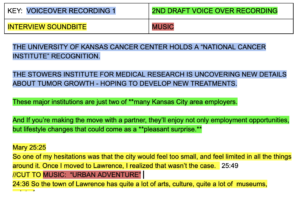
How long should the script be for a short documentary?
Generally speaking, 150 words will result in one minute of video or television programming. This is an average for the spoken word. Therefore, a 3 minute video should estimate 450 words total. A company can decide that a majority of the attention should go towards company leaders. For example, let’s say that two thirds of the script will consist of commentary from the CEO. Another 150 words could come from a scripted voiceover artist. This might include the intro, outro, and some scripted transitions between the CEO’s commentaries.
How to start scripting and storyboarding?
A storyboard of the visuals should be considered before, during, and after the interviews for a short documentary. The first draft will include a storyboard of the most obvious b-roll. B-roll footage is another phrase for the action shots or other beauty footage that covers interview commentaries during a documentary. It’s important to schedule a b-roll shoot for after the interview is recorded. This is because no one can predict everything that an interviewee will say. There might be a compelling surprise story that the videographers need to gather supporting footage of later.
It’s important to note that infographics, animations, and other special effects can be used instead of traditional b-roll footage to tell a story.

How many questions should I ask for a documentary interview?
Typically, about 5 questions will result in a 5-10 minute recording of an on-camera interview. Clearly, some people are more talkative than others. It’s important that producers listen closely and ask smart follow-up questions.
What to record first? Interviews or action shots?
Aside from the few obvious and time sensitive visuals that a project calls for, b-roll and action shots should be gathered after the interviews.
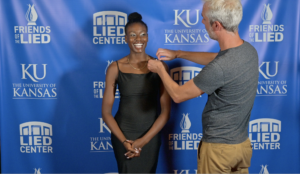
Who should moderate the interview for a documentary?
The videographer who is producing the documentary should moderate the interviews. However, there are instances where subject matter experts also appear behind the camera to moderate (especially complex) conversations. If the target audience for a documentary is the general public, it makes sense for the video producer to moderate the interview and help translate the answers for a general audience. The outside perspective from the video producer can help deliver an objective view of the big picture. Conversely, a subject matter expert serving as a moderator can help parse out the fine details of complicated processes or organizations. Sometimes, having each person take a turn in the moderator seat is a nice compromise to both approaches.


